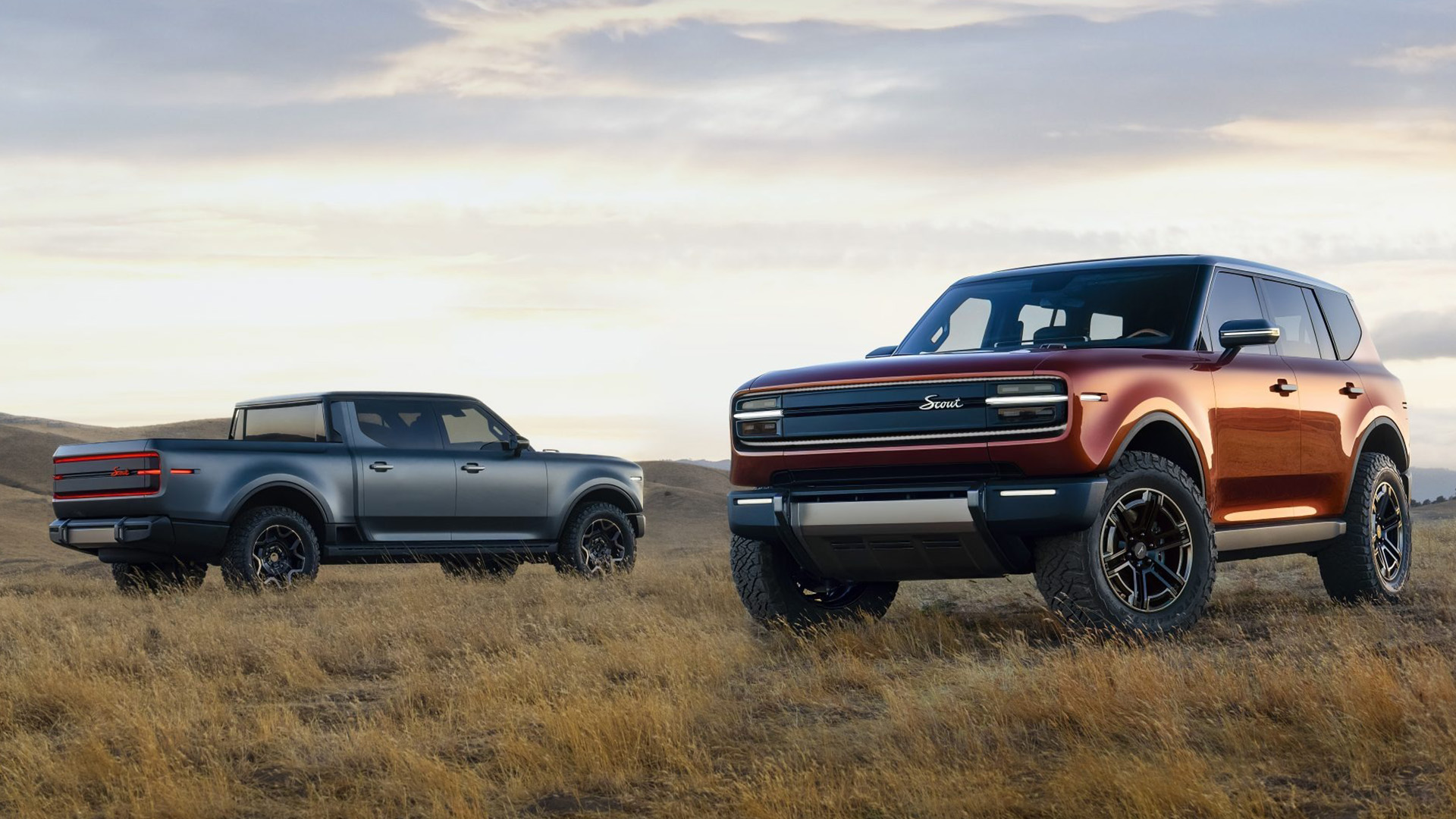

If you’re sold on electric propulsion but turned off by cars that have more in common with consumer gadgets than traditional automobiles, Scout Motors is offering a lifeline: an EV, but you can fix it yourself. Taking it one step further (and cribbing from Jeep and Ford), Scout even wants to make it simple to replace the body parts you’re most likely to ding up.
That should be a given if you ask us, but in 2025, the basic notion of right-to-repair is still a somewhat novel concept. And no, this isn’t just a Tesla thing. Ford, GM, Honda, Nissan, Stellantis, Subaru, Tesla, Toyota, and Volkswagen (Scout’s parent company) have all been called out for their attitudes toward the standard.
So what will be different this time around? We sat down with Scout Motors Strategy Director Ryan Decker at this week’s Consumer Electronics Show in Las Vegas to get a feel for the company’s approach to building an off-road EV. From what we’re hearing, it’s as much about acknowledging history as it is about building for the future.
“Well, the number we put out there was that over 80% of repair orders are capable in fields. That means in a customer’s driveway or literally in fields,” Decker said. “Philosophically, forget the facts, forget what specific orders—we want these to be vehicles that customers can touch and take care of. We find inspiration from Scouts past on that front, right? A vehicle, a company that was born from a farm. Farm equipment needs to work long, it needs to be durable. Something breaks, you need to be able to fix it. So that does manifest in a few ways from a pure technology perspective—things should be accessible.”
“Maybe things aren’t glued, they’re screwed, right? Things should be more easy to repair yourself,” Decker said.

The trick is deciding where to draw the line. Fortunately, many of the answers emerge naturally from the design process. The “seamless and fused” look common on new EVs was called out in early iterations of the Scout’s design, Decker said, which naturally led to an iteration with discrete bumpers.
“We of course had a couple of different design evolutions. One of the earliest [examples of] feedback we got, one of the earliest design evolutions was ‘the bumpers look a little too nice,'” Decker said.
In the world of high-strength adhesives and “gigacasted” vehicle bodies, fastening components together is decidedly old-fashioned. Single-piece bodies and adhesive bonding make for stronger and more efficient designs but at the cost of accessibility. The points raised about the aesthetics of the integrated bumper look led to questions of durability and repair. After all, should one have to remove the entire side panel of a car to fix a dent?
“No,” Decker said. “It’s meant to be used.”

Fix or upgrade, that is. Scout knows that above all, the customers it’s courting want to be able to tinker.
“[They] want to touch these cars, they want to fix them, they want to accessorize them,” Decker said. “They want to occasionally take the front bumper off so they can go bouldering.”
Even better, Scout doesn’t want its customers to have to rely on the broader Internet to figure out how. Another item on the company’s punch list: “transparent” repair guides and manuals that are accessible to the end customer.
“Because, again, what’s a modern EV? It’s like a completely black box, you can’t touch anything,” Decker said.
For the time being, color us optimistic. But the Scout Traveler and Terra EV won’t hit showrooms for at least two years—maybe even longer, given the current political climate. Things can change. After all, Scout’s initial “No ICE” promise has been revised to “Well, OK, maybe a little ICE.” What can we say? Once bitten, twice shy.
Got a tip? Send it in: tips@thedrive.com